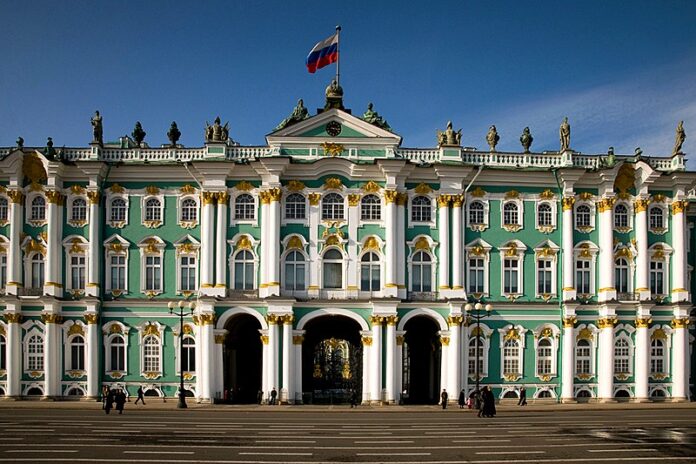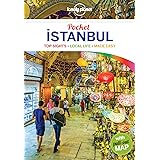One of the first structures that come to mind in the city when St. Petersburg is mentioned is, of course, the Hermitage, one of the largest museums in the world. Although the main building of the Hermitage Museum was started to be built as the Winter Palace for the daughter of Peter I, it was only completed in 1764 during the time of Catherine II and started to be exhibited publicly during the reign of Nicholas I (1852). After the October Revolution of 1917, the palace was completely turned into a museum. The exhibition, which started to be created with the paintings of Dutch painters from the 17th century, had to be built with new buildings as it grew day by day.
Today, with the Winter Palace and six additional buildings, it is among the largest museums in the world. In the museum, it is possible to see and examine works belonging to almost all phases of history and a very wide geography. The Hermitage Museum, which is known as one of the most important art centers in the world with more than 3 million works of art, has managed to enter the Guinness Book of Records due to this feature.
Since a large part of the Turkish geography was under Russian domination for many years, there are many ancient Turkish artifacts in this museum.
Archaeologists and historians identified Turkish kurgans and started excavations and unearthed various artifacts. They made great progress for Turkish history, which was spread over a wide area and was difficult to research. The Pazyryk cairn, one of the most important, was found in 1929 by the Russian archaeologist Sergey Rudenko.


There are also works belonging to Azrhan, Tuekta and Derestuy kurgans in the museum. Helmets, swords, tiles, various swords and weapons belonging to the Ottoman Period and the Turkish Imperial Tent, which II.Selim has sent to Katerina after Ottoman-Russian war.
Here are some of the Turkish artifacts in the Hermitage Museum;
- Pazirik Carpet: It is the first hand-woven carpet in the world. It was slightly damaged as it was found frozen inside the kurgan.

- Coffin: Carved from solid wood.

- Balbals and Various Statues



- horse harnesses


- Clothes and Ornaments





- Weapons and Swords (Ottoman State)



- helmets

- Tiles, Plates and Jugs



- Tent: It was sent as a gift from Selim III to Catherine II in 1793.

- Ottoman Carpets


- Map: 1st floor plan of the Hermitage State Museum. While the works belonging to the Pre-Islamic Period are on this floor, the works of the Ottoman Period are located on the 3rd floor.

http://www.rusen.org/ermitaj-muzesinde-bulunan-turk-eserleri/
Ali TOKMAK – RUSEN Expert



















